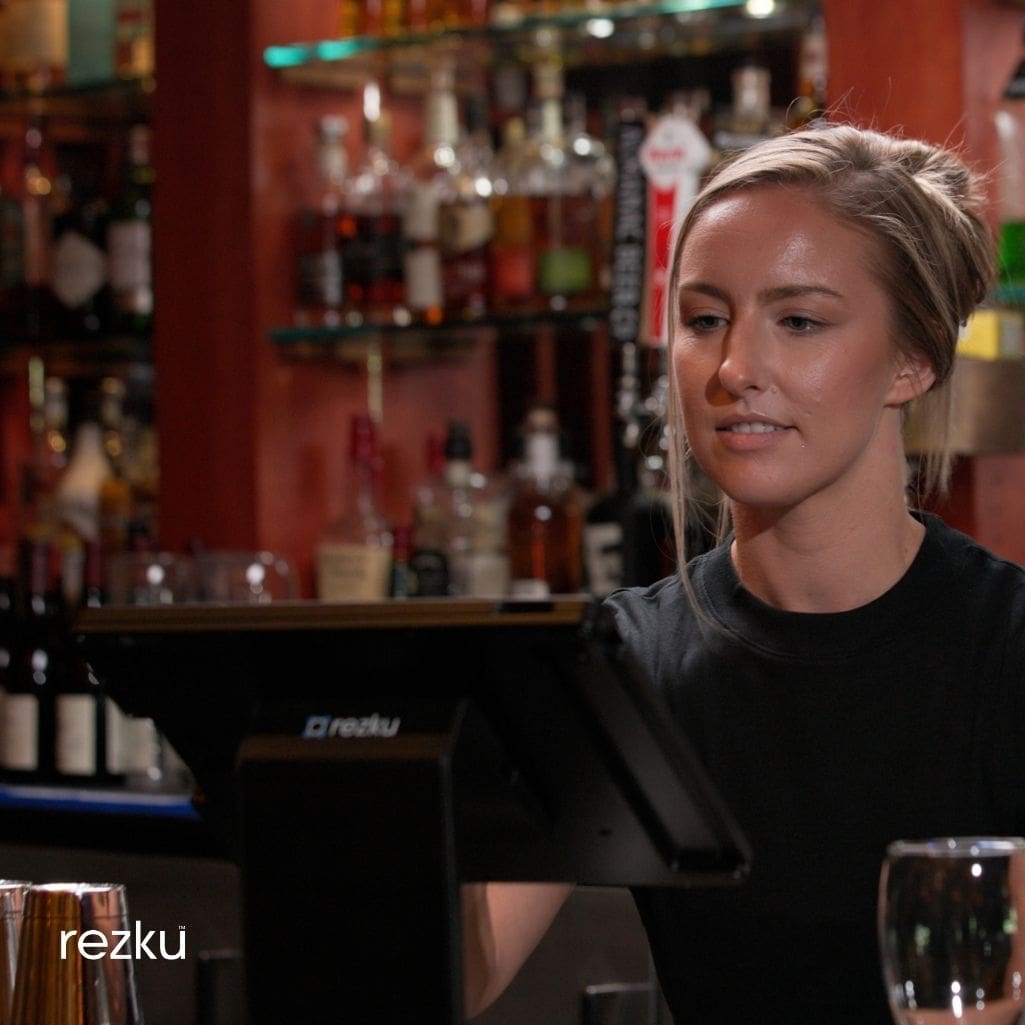The Psychology of Effective Design: Best Practices for Print and Online Restaurant Menus
The Rezku Team

An enticing menu is a powerful marketing tool that can significantly impact your restaurant’s success. In today’s digital age, having both an attractive online menu and a well-designed print menu is crucial. This guide explores psychological principles to help you craft menus that captivate customers across digital and physical formats, driving sales and elevating your brand.
The Value of Print Menus
Even in today’s digital age, traditional print menus remain highly relevant. A number of surveys over the last few years show customers express annoyance with QR code and online only menus.
A thoughtfully designed physical menu creates an engaging dine-in experience, reinforces your brand, and allows customers to leisurely browse options. It’s a familiar, tangible experience your customers appreciate.
The Importance of Online Menus
With online ordering and food delivery apps on the rise, a user-friendly online menu acts as a virtual representation of your restaurant brand. A delivery POS system provides convenience, offers data insights into customer preferences, and serves as a powerful marketing tool.
It’s important to note that in addition to associated fees, third party online ordering services typically don’t offer much in the way of customization and market differentiation. That is why it is highly recommended that restaurants have their own first-party online ordering website that is fully branded and customizable.
How to use Psychology to Improve the Menu Experience of Your Customers
Your customer’s objective with you menu is to quickly understand your offerings, pricing and make a decision. Your objective is to help them find your menu enticing and direct their attention to your most profitable items. Using these techniques will help your menu effectively serve both needs.
Use Information Hierarchy For Effortless Browsing
Logical organization with clear sections and headings is key for both online and print menus. This reduces overwhelm and guides customers’ eyes. Strategically utilize design elements like spacing, font styling, boxes and colors to highlight promotions or high-margin items.
Use Compelling Food Descriptions
Crafting mouthwatering descriptions that engage the senses is an art form influential on sales. Use evocative language describing flavors, textures and aromas to trigger cravings. For online menus, incorporate high-quality photographs. On print menus, limit descriptions to 1-2 concise sentences per dish.
Use The Psychology of Color
Color creates moods and subconsciously influences behavior. Cool blues and greens are calming, while warm reds and oranges stimulate appetite. Incorporate your brand’s palette consistently across menu formats. Ensure text and background colors have high contrast for readability.
Highlight Dietary Options
Make it easy for customers to identify dietary preferences like vegan, gluten-free, etc. Use symbols/icons and consider separate menu sections. This demonstrates inclusivity and can garner you the loyalty of picky guests.
Use Upselling Tactics
Design menus to encourage incremental spending. On online menus, incorporate “suggested pairings” or “customers also enjoyed” sections. For print menus, use separate dessert, drink or appetizer menus, as well as promotional table tents.
Menu Design Best Practices
Print Menu Design Best Practices
• Keep it simple and organized - avoid clutter
• Use high-quality printing and materials for a premium feel
• Incorporate your logo and branding elements
• Choose easy-to-read fonts - avoid overly stylized typefaces
• Consider a menu folder or jacket for upscale dining
Online Menu Optimization
• Ensure menus are mobile responsive and fast-loading
• Enable filtering/searching for easy navigation
• Implement secure payment gateways for frictionless ordering
• Optimize for online ordering systems and food delivery apps
• Integrate with customer databases for personalization
Leverage Data For Smart Menu Updates
Leverage insights from your POS for online menu data and dine-in sales reporting to identify bestsellers and profit leaders. This informs meaningful updates to item descriptions, pricing and new offerings across all menus.
Conclusion
By understanding and applying these psychological menu design principles to both your online and print offerings, you can optimize the customer experience, streamline service and gain a competitive edge in sales.
Rezku has been helping new and established restaurants achieve their business goals using the latest branded restaurant management software for over 10 years. Contact us today for a complimentary restaurant technology consultation.
Phone: 844-697-3958 x2
eMail: Sales@Rezku.com
Is Rezku the POS system you’ve been searching for?
Get a custom quote and start your free trial today.
Related Posts


